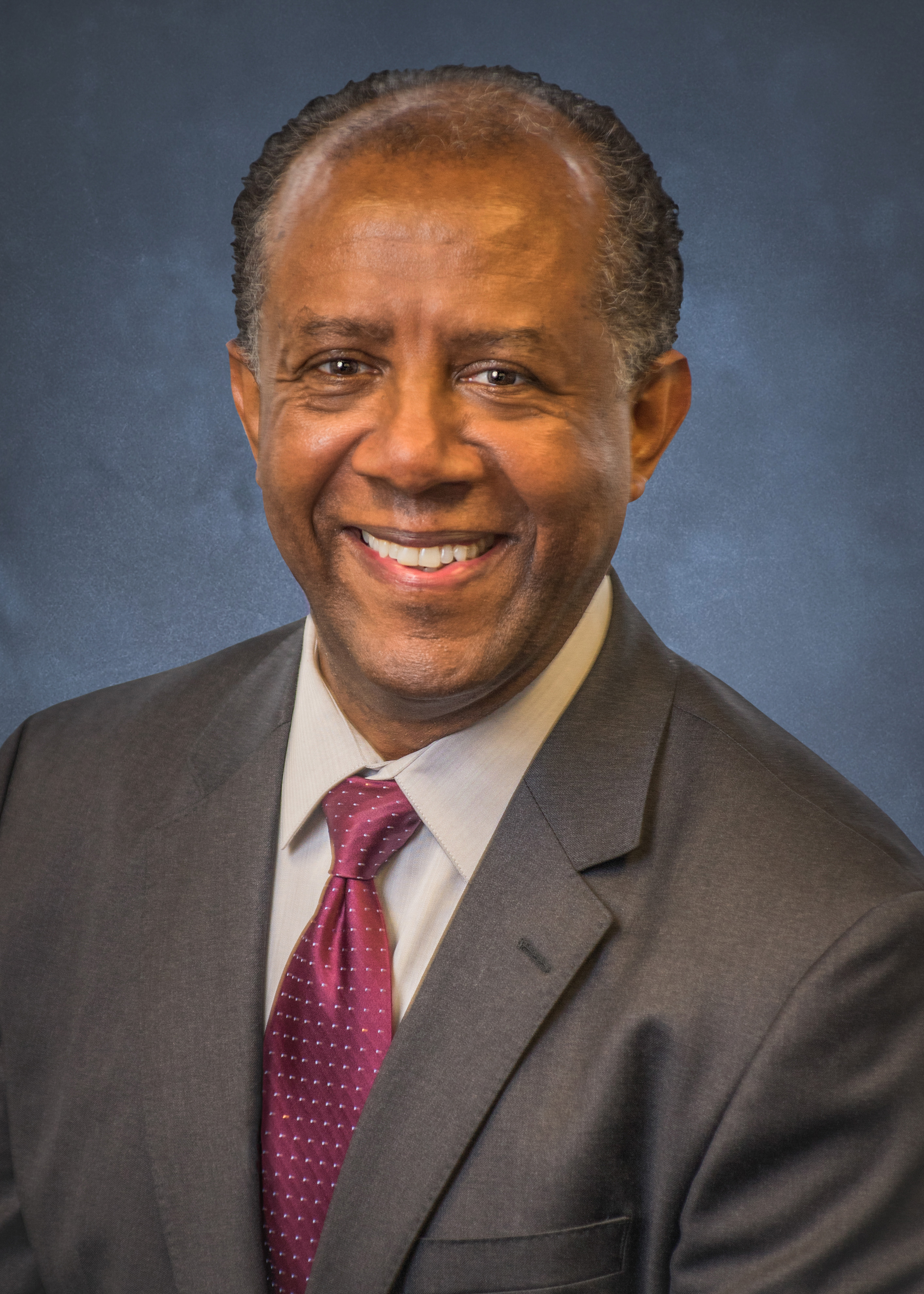
How can a city encourage development while ensuring that growth doesn’t come at the expense of disadvantaged communities? That’s the question that brought Sam Assefa, MCP ’91, to the Pacific Northwest in 2016. Building on urban design experience in San Francisco, Chicago, and Boulder, Colorado, he is about to begin his fifth year as director of Seattle’s Office of Planning and Community Development (OPCD).
Assefa and his team are focused on making sure that urban planning and investments will benefit all of Seattle’s diverse neighborhoods. It’s an aim that will inevitably be complicated by the social and economic fallout of covid-19, which he says is disproportionately affecting people of color. Interviewed in early March, he articulated the underlying inequities: “Seattle has been experiencing unprecedented economic as well as population growth driven by the tech economy, but not everyone has been benefiting. Most of the people who have been left behind are people of color, immigrant populations, African-Americans who have been displaced at a very high rate over the last 10 to 15 years.”
Not long after Assefa joined the OPCD, his office published its 2035 Comprehensive Plan, which guides the city as it works to meet the needs of its more than 747,000 residents (a number that increased by almost 17,000 from 2018 to 2019 alone). A pillar of the plan was to require developers to either provide affordable homes or contribute to a fund for affordable housing. Assefa’s office led the nearly four-year process that resulted in the passage of mandatory housing affordability legislation, which took effect in April 2019.
As they worked to identify areas at high risk of seeing residents displaced, Assefa’s staff noticed a striking parallel: the citizens most likely to be hurt by development were those whose neighborhoods were “redlined” in the 1930s. For example, discriminatory lending once restricted African-Americans to the Central District of Seattle, which had remained primarily a black neighborhood. In recent years, the district has become popular with developers, whose projects have displaced most black residents. “Land-use decisions from decades ago still impact the city,” Assefa says.
Assefa’s office is also addressing issues of racial equity, social justice, and cultural displacement through its Equitable Development Initiative, which partners with around 25 community groups and city departments. Their goals are to encourage investments in public transportation, preserve the individual cultures of Seattle’s neighborhoods, foster leadership within communities, and expand housing and job options with help from private developers.
Keep Reading
Most Popular
Large language models can do jaw-dropping things. But nobody knows exactly why.
And that's a problem. Figuring it out is one of the biggest scientific puzzles of our time and a crucial step towards controlling more powerful future models.
How scientists traced a mysterious covid case back to six toilets
When wastewater surveillance turns into a hunt for a single infected individual, the ethics get tricky.
The problem with plug-in hybrids? Their drivers.
Plug-in hybrids are often sold as a transition to EVs, but new data from Europe shows we’re still underestimating the emissions they produce.
Stay connected
Get the latest updates from
MIT Technology Review
Discover special offers, top stories, upcoming events, and more.